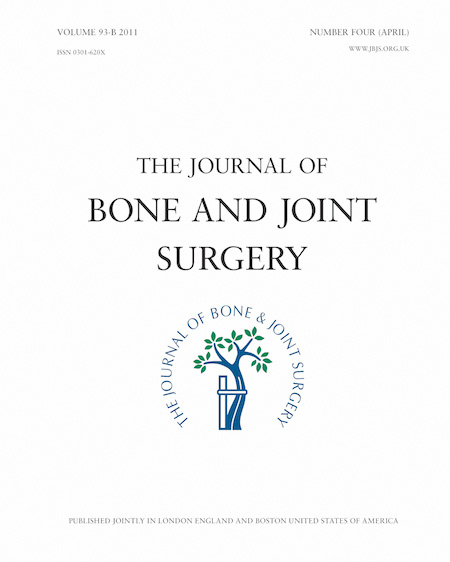
ARTHROPLASTY
BMD of acetabulum: similarly preserved after hip resurfacing, total hip replacement
This report has been verified
by one or more authors of the
original publication.
J Bone Joint Surg Br. 2012 Aug;94(8):1036-44.
39 patients with osteoarthritis of the hip were randomized to receive either a resurfacing hip replacement (RHR) or a total hip replacement (THR). Bone mineral density (BMD) of the acetabulum, femoral neck, and proximal femur were measured throughout the course of the study in order to determine which hip replacement method preserves the bone mineral density of the acetabular side. By the end of the 2 year study period, it was found that resurfaced hip replacements maintained femoral neck and proximal femoral bone mineral density better than total hip replacements, but bone mineral density was maintained equally well by both forms of hip replacement on the acetabular side.
Unlock the full ACE Report
You have access to {0} free articles per month.Click below to unlock and view this {1}
Unlock NowCritical appraisals of the latest, high-impact randomized controlled trials and systematic reviews in orthopaedics
Access to OrthoEvidence podcast content, including collaborations with the Journal of Bone and Joint Surgery, interviews with internationally recognized surgeons, and roundtable discussions on orthopaedic news and topics
Subscription to The Pulse, a twice-weekly evidence-based newsletter designed to help you make better clinical decisions
Exclusive access to original content articles, including in-house systematic reviews, and articles on health research methods and hot orthopaedic topics
Or upgrade today and gain access to all OrthoEvidence content for just $1.99 per week.
Already have an account? Log in


Subscribe to "The Pulse"
Evidence-Based Orthopaedics direct to your inbox.
{0} of {1} free articles
Become an OrthoEvidence Premium Member. Expand your perspective with high-quality evidence.
Upgrade Now













































































